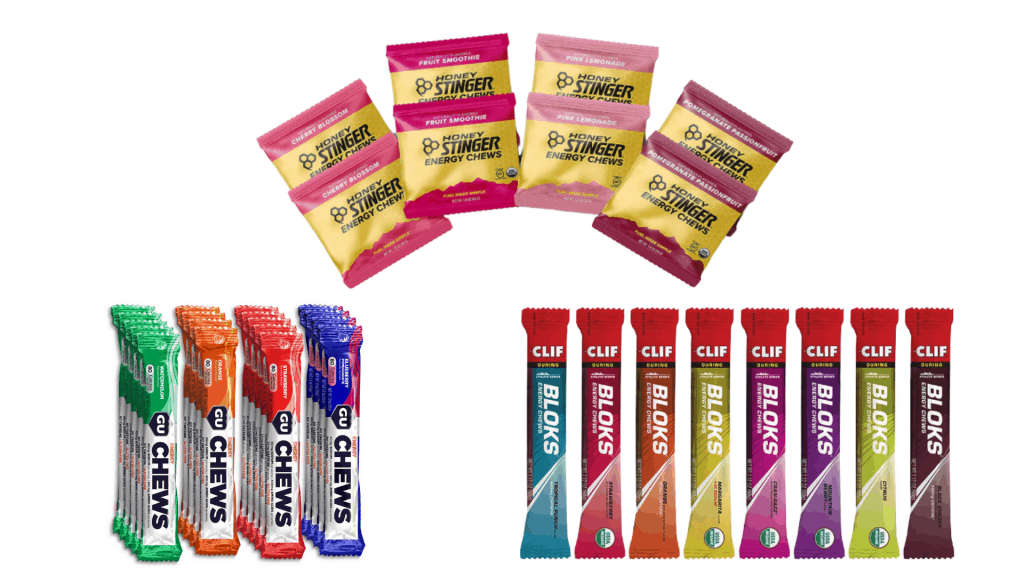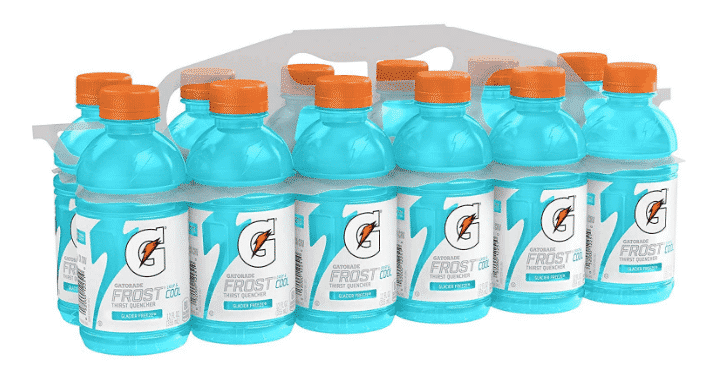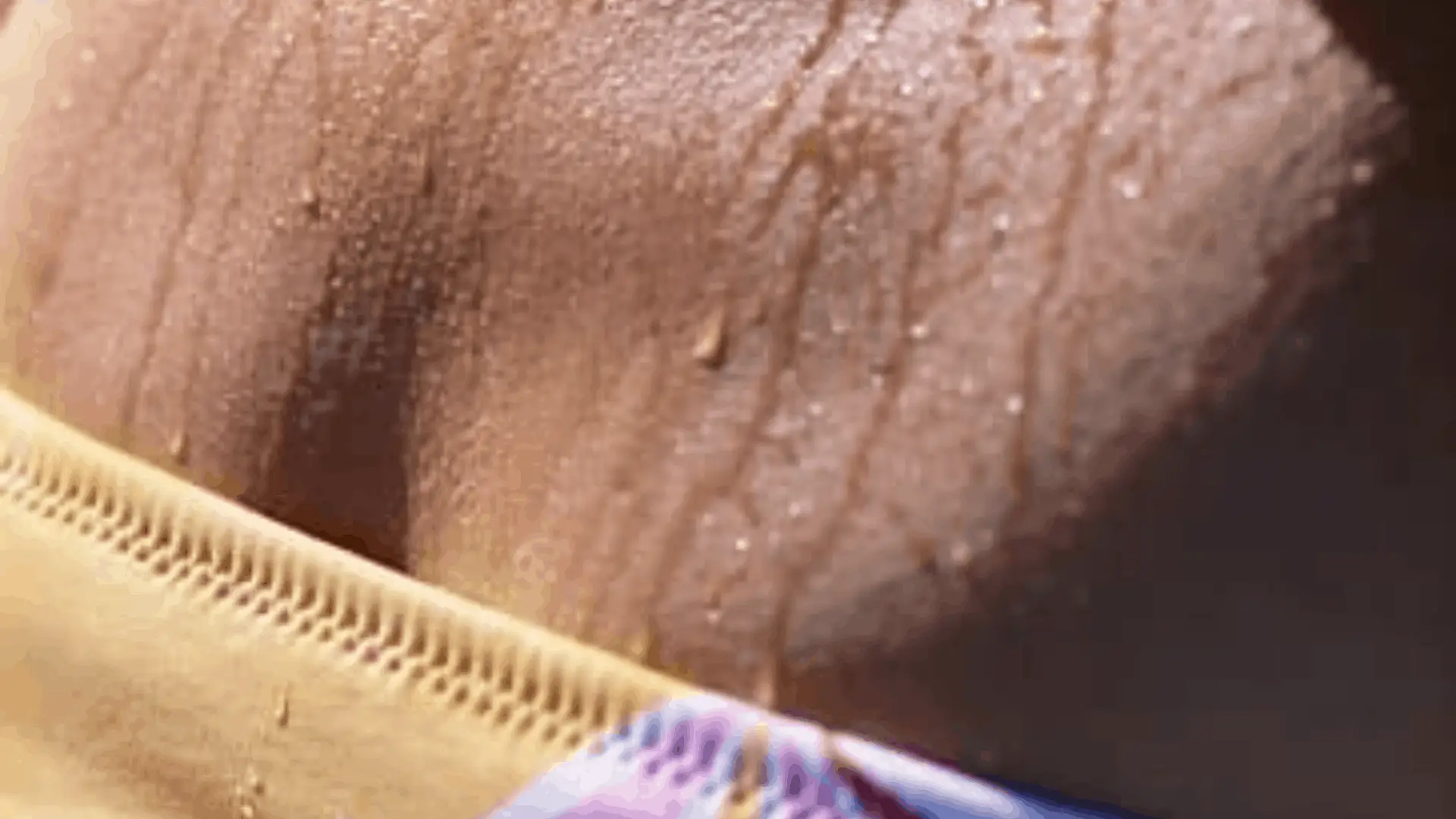Water isn’t the only thing you need out on the trail. If you’re not careful you’ll sweat out your body’s electrolyte stores causing muscle cramps, intestinal distress, headaches and nausea. You can’t just drink water; you need to get in some carbs and electrolytes. How can you replenish electrolytes on a hike?
Table Of Contents
What Do Electrolytes Do?
Electrolytes help your body regulate cell function and nerve impulses making sure all your bodily functions run at peak efficiency. These chemicals carry electrical energy to support your body functions including muscle contractions and the transmission of nerve impulses.
Anybody that’s ever felt a muscle cramp knows just how hard it can be to keep up electrolyte levels. Even if you aren’t susceptible to muscle cramps you still need to pay attention to electrolyte levels. Replenishing your electrolyte levels isn’t just about preventing cramping, you’re trying to maintain your bodily functions at optimum levels.
- Regulate fluid levels in your blood plasma
- Keep your pH levels in the normal range(7.35-7.45)
- Control muscle contractions(including the heartbeat)
- Transmit nerve signals throughout your body
- Help blood clot
- Help build new tissue
What are Electrolytes?
To make sure you have enough electrolytes try to stay hydrated and eat foods rich in electrolytes. Think along the lines of spinach, potatoes, avacados, fruits, beans, etc.
With the sole exception of sodium, you probably won’t get all these electrolytes naturally in your diet. It’s hard to get all of your supplements through diet alone. Almost everybody can benefit from a daily multivitamin.
- Sodium (Na): Low sodium levels affect older people more than the young.
- Chloride (Cl): Since table salt consists of sodium chloride, chloride levels are usually tied to sodium levels in your body.
- Potassium (K): Works with sodium to maintain hydration levels in your body. Along with Calcium, Potassium regulates the nerve and muscle activity in your body.
- Magnesium (Mg): Magnesium plays an important part in bone health. Calcium is typically found in your bones, but it also plays a part in enzyme reactions.
- Calcium (Ca): Calcium is found in teeth and bones. The calcium found in your blood carries an electrical charge and regulates cell function, heart rate and blood clotting.
- Phosphate/Phosphorus (PO4): Phosphate helps build and repair bones and teeth. It also helps store energy, contract muscles and improves nerve function. Your body needs to have enough Vitamin D to absorb phosphorus.
Symptoms of Low Electrolyte Levels
Mild forms of electrolyte balances usually don’t cause any major symptoms. Symptoms usually start to appear after a rise in activity level. Once you start to sweat your body quickly loses electrolytes.
- Muscle cramping and weakness
- Numbness and tingling, convulsions and seizures
- General fatigue, lethargy
- Nausea, vomiting, diarrhea or constipation
- irritability, headaches, confusion
- Irregular heartbeats and fast heart rates
How to Replenish Electrolytes on a Hike
Water isn’t the only thing that needs to be replenished on a hike. As you sweat your bodies start to lose a lot of electrolytes. If you’ve ever experienced muscle cramps you’ve seen the early warning signs of low electrolyte levels.
Warning Signs
You might not notice the symptoms listed above until your electrolyte levels are too far gone. Look out for finger and hand swelling which means you need to increase your salt intake, and dark yellow uring which indicates dehydration.
How Do I Lose Electrolytes on a Hike?
Since the 60’s, athletes have been trying to replenish their electrolyte levels. Gatorade was invented as a way to quickly replenish electrolyte levels on the field.
Such a simple solution made a huge difference, but it wasn’t the cure we needed. Players are still getting muscle cramps and quickly wilting in the heat. If scientists and professional athletes can’t balance their electrolytes how can we?
Athletes tend to neglect electrolyte replenishment. Maybe they’ve never dealt with cramping problems or they just don’t understand how to maintain electrolyte levels.
The goal of replenishing electrolyte levels isn’t about preventing cramps it’s about maintaining optimum efficiency. Once your electrolyte stores are empty and you start to feel symptoms your body is severely compromised.
You wouldn’t wait until your completely dehydrated to take a drink, so why wait until your electrolyte stores are empty to replenish them. Maintaining electrolytes throughout the day is crucial to keeping up your electrolyte levels.
Although we know that water and electrolytes are essential to our health it’s hard to maintain proper electrolyte balances. Unfortunately, maintaining electrolytes isn’t as easy as it seems.
Can’t I Just Take a Salt Tablet?
Salt tablets only meet some of your electrolyte needs(specifically Sodium Chloride). Sodium tablets are notorious for oversupplying sodium in the body. You’ll start to see your hands and feet swell from water retention due to over ingestion of salt.
Getting Enough Electrolytes on a Hike
You can’t just drink water; you need a healthy balance of carbs and salts as well. The things you drink is just as important as how you drink it. After intense hikes and workouts just drinking plain old water just isn’t going to cut it. You need to start supplementing electrolytes if you want your body to perform at peak efficiency.
Electrolyte supplements come in a wide variety of forms, pills, poweders, sports drinks, gels/gummies, etc. Some of these electrolyte supplements work better than others. Which supplement works best varies from one person to the next, so you need to experiment to figure out how your body reacts to each supplement.
I prefer the electrolyte tablets that you dissolve in water. Personally, I like Nuun Electrolyte tablets (On Amazon). They’re cheap, extremely easy to use and very effective.
Electrolyte Supplements For Hikers
Most products labeled as sports drinks have way too much sugar which causes gastrointestinal distress. If you really want a premade drink you should try Pedialyte. It might be the tastiest product on the market, but boy does it work.
Personally, I would either use a powder/tablet electrolyte supplement. These are cheap and will make your plain old water taste much better. Electrolyte chews are another great option if you like to munch on the trail.
Tablets and Powders
Tablets and powders are by far the cheapest way to get your electrolytes in. They are extremely easy to use and makes significantly improves the taste of plain old water. Just dump it into your hydration bladder or water bottle, give it a shake, and you’re good to go.
Check Out My Post on adding electrolytes to a hydration pack.
My Favorites
- Nuun Electrolyte Tablets (On Amazon)
- Emergen-C Electro Mix (On Amazon)
- Propel Electrolyte Powder Packets (On Amazon)
Chews

Electrolyte chews are tasty, but they’re seriously expensive. At like 2 bucks per energy bar good luck using these long term. If you can afford them these sweet snacks are a great addition to your lunch and awesome for munching on the trail.
My Favorite Chews
- Clif Bar Electrolyte Bloks (On Amazon)
- Honey Stinger Energy Chews (On Amazon)
- GU Energy Chews (On Amazon)
Constantly Drink Electrolytes Throughout The Day
The only way to keep up your electrolyte levels is to constantly drink supplements throughout the day. Use products like Nuun Tablets throughout the course of the day, especially when you start to sweat.
If your workout is longer you might want to introduce additional calories as well. This is where electrolyte chews really start to come in handy.
Factors like hot and cold temperatures will also com into play. You’re gonna sweat more in the summer sun so you’ll need additional electrolytes. Make sure you carry enough water and stay hydrated throughout your hike. Aim for 1 Liter of water for every 2 hours on the trail.
Don’t Overdrink Sugar

Unless you want to puke Gatorade all over the side of the trail you should avoid excess sugar. Overdrinking sugar when exhausted can cause serious gastrointestinal distress.
Products marketed as sports drinks are great once in a while, but you shouldn’t rely on them over the course of a long hike. If you do decide to drink Gatorade/Powerade go for the low or zero-calorie options.



